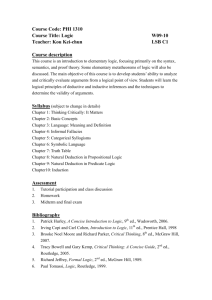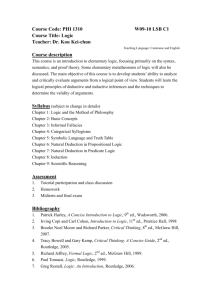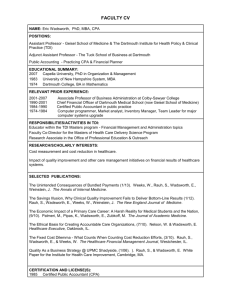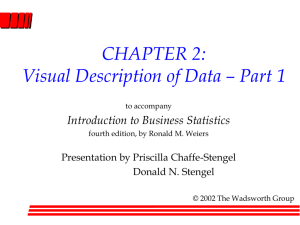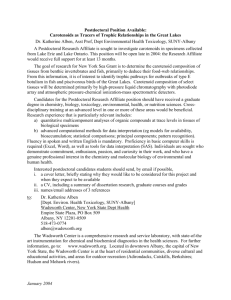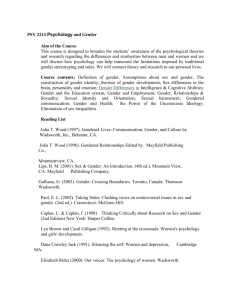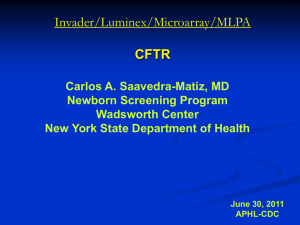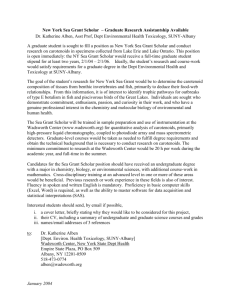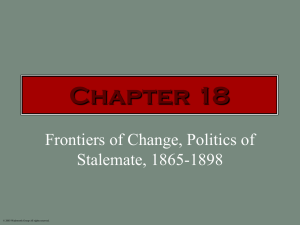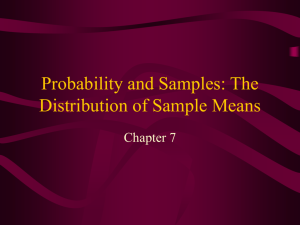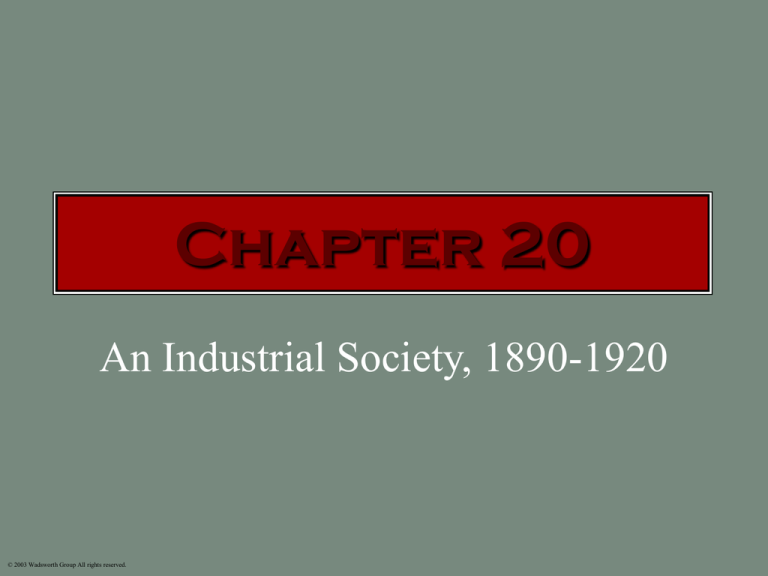
Chapter 20
An Industrial Society, 1890-1920
© 2003 Wadsworth Group All rights reserved.
Sources of Economic Growth
• Innovations and Breakthroughs
– Technology combined with new corporate
structures and pioneering management
techniques
(c) 2003 Wadsworth Group All rights reserved
Technology
• Electrical industries
– Thomas Edison
– George Westinghouse
– Nikola Tesla
• Henry Ford
– Model T (1909)
(c) 2003 Wadsworth Group All rights reserved
Corporate Growth
• Demand for mass-production allowed for growth
in sophisticated, organized corporations
• Employment numbers in corporations grew
– Chicago International Harvester
– DuPont Corp.
– Ford Motor Company
• Nationwide transportation and communication
created huge national market
(c) 2003 Wadsworth Group All rights reserved
Change in Distribution of American Workforce, 1870-1920
(c) 2003 Wadsworth Group All rights reserved
Mass Production and Distribution
• Mass production techniques resulted in
– Increased speed in production
– Lower unit costs
– Replace skilled workers
• James Buchanan Duke
– Innovations in mass distribution
• Advertising
• Regional sales offices
(c) 2003 Wadsworth Group All rights reserved
Corporate Consolidation
• Corporate expansion wanted to avoid
market instability
• “Pools,” “cartels,” “trusts”
• American Tobacco Company
• James B. Duke
• U.S. Steel Corporation (1901)
• Andrew Carnegie
• J.P. Morgan
(c) 2003 Wadsworth Group All rights reserved
Revolution in Management
• Senior managers take over long term
planning from owners
• Middle managers do day to day operations
• Scientific management and university
trained managers
• Research departments
(c) 2003 Wadsworth Group All rights reserved
Scientific Management on the
Factory Floor
• Frederick Winslow Taylor
– Scientific management
– The Principles of Scientific Management (1911)
• Henry Ford
– Highland Park
– Assembly line
• Led to mental stupor and physical exhaustion
• Ford’s solution
– $5 day
– Sociology department
(c) 2003 Wadsworth Group All rights reserved
Model T Prices and Sales, 1909-1923
(c) 2003 Wadsworth Group All rights reserved
“Robber Barons” No More
• Upper class scared into moderating its image
– Alexander Berkman’s attempted assassination of Henry
Clay Frick
– Controversy over Bradley Martin ball
• Andrew Carnegie
– “Gospel of wealth"
• John D. Rockefeller
– Rockefeller Foundation
(c) 2003 Wadsworth Group All rights reserved
Obsession with Physical and
Racial Fitness
• Theodore Roosevelt: “the strenuous life”
• Fitness craze
–
–
–
–
Bicycle riding
Healthier eating
Sport competitions in American universities
Reflected dissatisfaction with regimentation of
industrial society
• Native-born, often wealthy, Americans and their
quest for racial fitness
(c) 2003 Wadsworth Group All rights reserved
Social Darwinism
• Charles Darwin: “survival of the fittest”
– Social Darwinism: Darwin’s principles used to
describe a struggle among races
• 19th C. Social Sciences took shape:
– Economics, psychology, sociology, political
science and anthropology
• Increasingly global economy heightens
awareness of differences in civilizations
(c) 2003 Wadsworth Group All rights reserved
Immigration
• High rates of immigration between 1880-1920
– In many northern cities more than half of the
population were immigrants or 1st generation
Americans
• Few immigrants from Latin America before 1810
• “Old immigrants”
– Northwestern Europe (Britain, Scandinavia, Germany)
– Racially fit, culturally sophisticated, politically mature
• “new immigrants”
– From Eastern and Southern Europe
– Seen as racially inferior, culturally impoverished,
incapable of assimilating American values and
traditions
(c) 2003 Wadsworth Group All rights reserved
Immigrants and Their Children as a Percentage of the
Population of Selected Cities, 1920
(c) 2003 Wadsworth Group All rights reserved
Sources of Immigration
(c) 2003 Wadsworth Group All rights reserved
Causes of Immigration
• Religious or political persecution
• Main reason: economic hardship
– European population expanded faster than lands
there could support their people
• Rural ways of life in Europe were threatened by
industrialization and urbanization
• European village artisans unable to compete with
mass-produced goods
• Commercial agriculture and competition from
American grain exports force peasants off land
(c) 2003 Wadsworth Group All rights reserved
Patterns of Immigration
• Need for a contact in America (family member,
former neighbor)
• Temporary residency was sought by many
immigrants
• Many Jews came as families, intending to stay in
the U.S., rather than return to religious persecution
• Immigration moved in tandem with U.S. business
cycles
(c) 2003 Wadsworth Group All rights reserved
Chinese and Japanese Immigrants
• Chinese and Japanese immigrants contributed
greatly to 2 important western economic sectors:
railroads and agriculture
• Chinese Exclusion Act (1882)
• Japanese immigration banned in 1907
• 1790 Naturalization Act interpreted to preclude
citizenship for East Asian immigrants
• Motive for immigration similar to European
• Angel Island San Francisco
Immigrant Labor
• Immigrants did arduous work in most major
industries
• Triangle Shirtwaist Company (1911)
• Problems for workers
– Chronic fatigue and malnourishment
– 60 work week average
– Average yearly income $400-500
• Immigrants most vulnerable during Depression
• Robert Hunter
– Poverty (1904)
(c) 2003 Wadsworth Group All rights reserved
Living Conditions
• Many families lived in crowded, dilapidated 2 or 3
room apartments
• Tenements
–
–
–
–
Lower East Side of NYC
Crowded
Lack of windows, ventilation
Poor sanitary conditions
• High rates of deadly infectious diseases (Typhoid, Diptheria,
Pneumonia)
• By 1900 some cities make improvements
– Housing inspections
– Sewer systems
(c) 2003 Wadsworth Group All rights reserved
Building Ethnic Communities
• Immigrants:
– Resourceful
– Self-helping
– Mutual aid
(c) 2003 Wadsworth Group All rights reserved
A Network of Institutions
• Many groups reestablished institutions of
homeland
• Clan Na Gael
• Turnevereins
• Foreign language newspapers
• Fraternal Societies
(c) 2003 Wadsworth Group All rights reserved
The Emergence of an Ethnic
Middle Class
•
•
•
•
Small retail businesses and peddlers
“Sweatshops"
Padroni
Amadeo P. Giannini
– Bank of America
• Japanese fruit and vegetable farms
• Led way for future generations to
Americanize and assimilate
(c) 2003 Wadsworth Group All rights reserved
Political Machines and Organized
Crime
• Corruption and organized crime
• Bosses and Graft
–
–
–
–
–
“King Richard” Croker, N.Y.
James Michael Curley, Boston
Vice protection
Kickbacks
Vote fraud
• Kennedy Family
• Underworld of Urban Life
– Mafia, Gangsters, and Tongs
(c) 2003 Wadsworth Group All rights reserved
African American Labor and
Community
• Many Blacks remained predominantly rural and
Southern
– Sharecroppers and tenant farmers
• Some blacks migrated to industrial areas for better
opportunities
• Black were still treated worse than newest
immigrants in labor force
• Jim Crow laws
• Blacks used as strikebreakers
• Intensifying racial discrimination
(c) 2003 Wadsworth Group All rights reserved
Workers and Unions
• Middle-class success still eluded most
immigrants and black in pre-WWI era
• A better life for many factory workers
meant improving their working conditions
(c) 2003 Wadsworth Group All rights reserved
Samuel F. Gompers and the AFL
• Legal environment hostile to unions
– Government often crushed strikes
– Strikes seen as violation of Sherman Anti-Trust Act
– Injunctions often prohibited strikes
• American Federation of Labor (AFL)
– “bread and butter” issues
– Many local prohibited Blacks from joining
•
•
•
•
Lochner v. New York (1905)
National Civic Federation
United Mine Workers (UMW)
International Ladies Garment Workers Union
(ILGWU)
(c) 2003 Wadsworth Group All rights reserved
“Big Bill” Haywood and the
IWW
• Industrial Workers of the World (IWW)
– Accepted immigrants
– Big Bill Haywood
– Anti-Capitalist
• "Ludlow massacre" (1913)
(c) 2003 Wadsworth Group All rights reserved
The Joys of the City
• “Nickelodeons”
• Early movies
(c) 2003 Wadsworth Group All rights reserved
The New Sexuality and the New
Woman
• Vamps vs. Victorianism
– “Separate spheres”
• “New women”
– Educated, middle class women
– Young, single, working class women
• Dance Halls
• More premarital sex
(c) 2003 Wadsworth Group All rights reserved
The Rise of Feminism
•
•
•
•
•
Charlotte Perkins Gilman
Margaret Sanger and birth control
Emma Goldman and “free love”
Alice Paul and militant women’s suffrage
Greenwich Village
– Crystal Eastman and Heterodoxy
– Max Eastman and The Masses
• Cultural Conservatism
– Vice Commissions
– Mann Act
(c) 2003 Wadsworth Group All rights reserved
Conclusion
• 1890-1920:
– Corporate power, innovations and demand for
manufactured products stimulate urban growth
– Millions of immigrants came to America
– Many thrived, many remained impoverished
• African American status
– Working-class Americans make gains through
political machines and unions
– Growing gap between Rich and Poor
(c) 2003 Wadsworth Group All rights reserved

